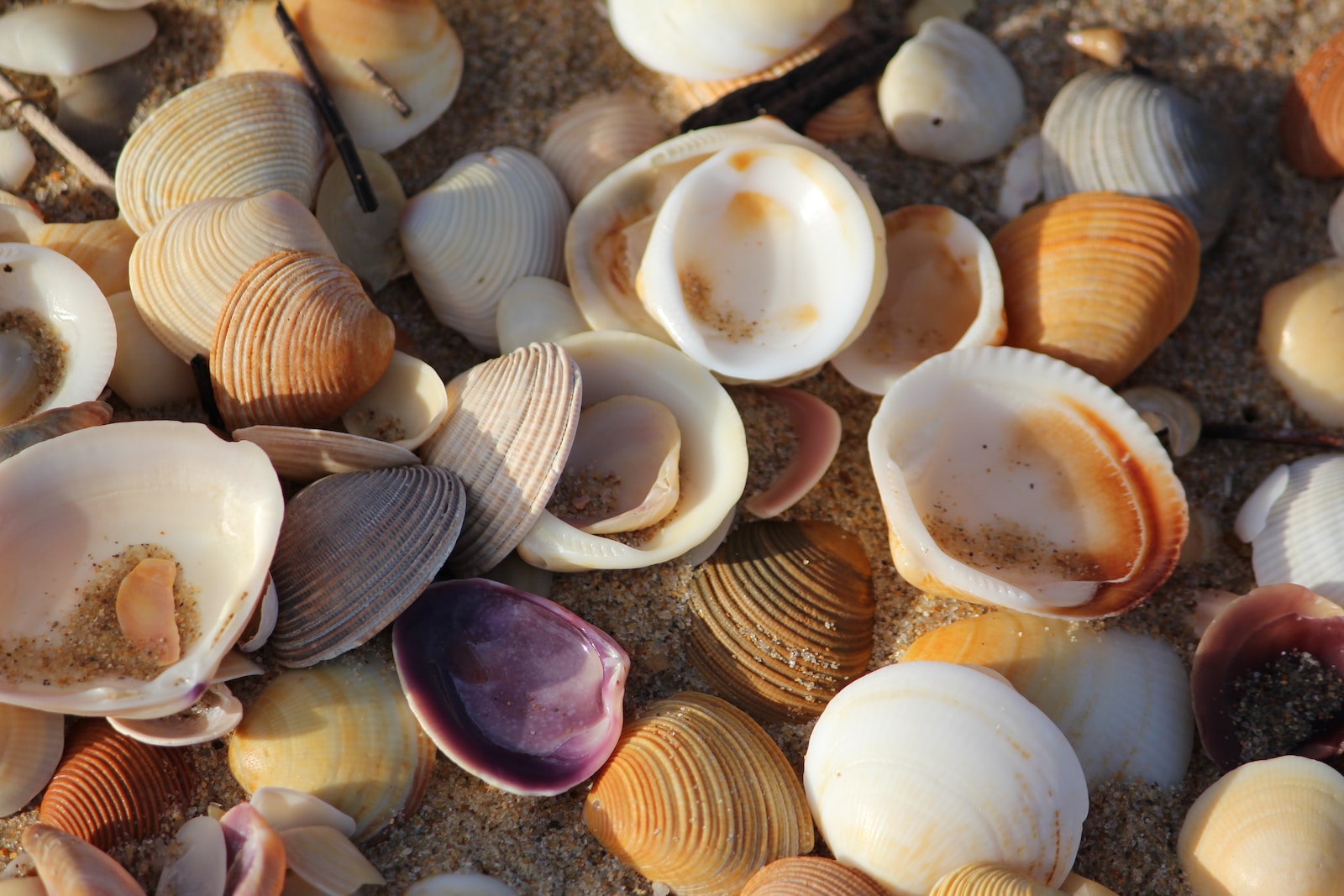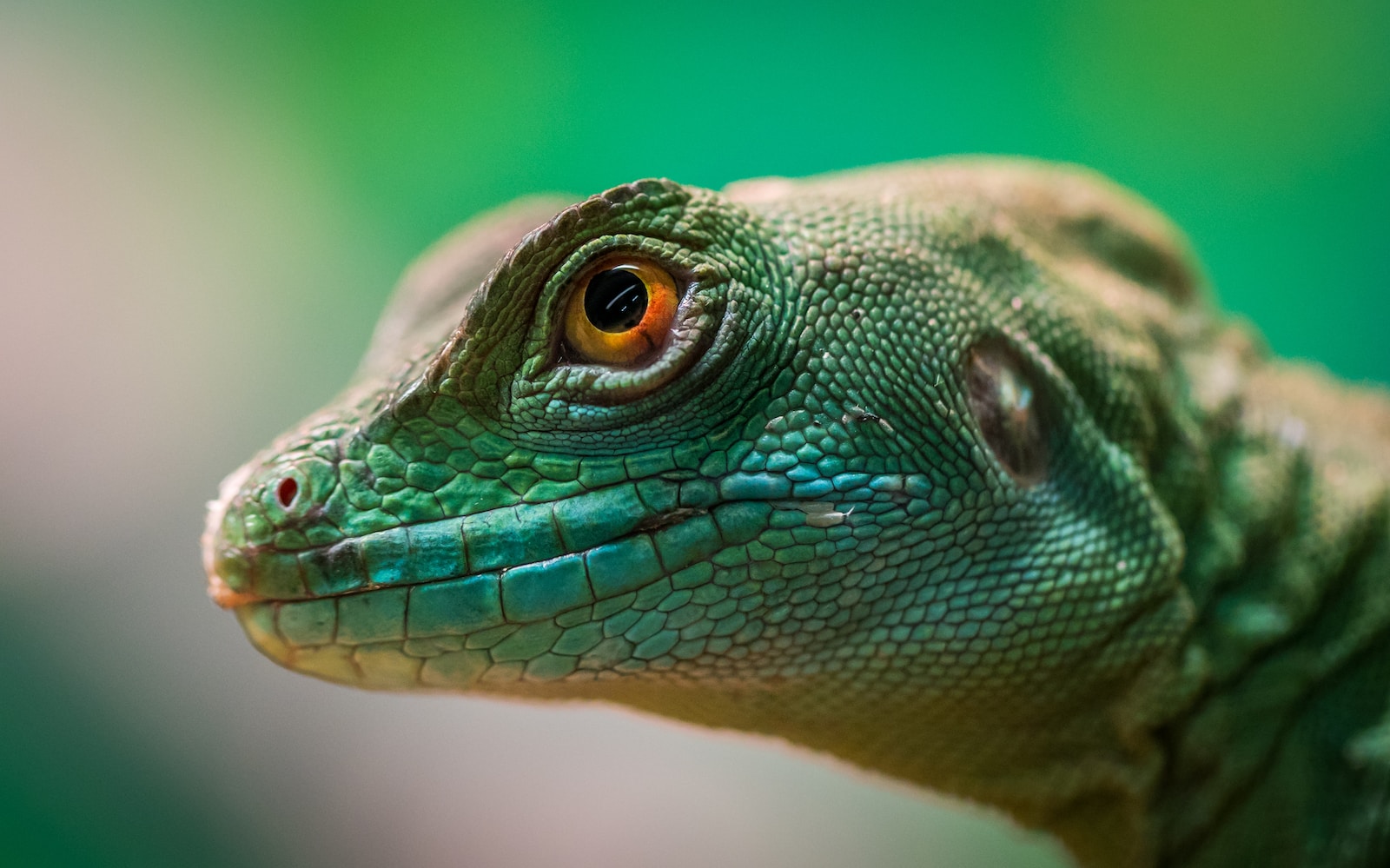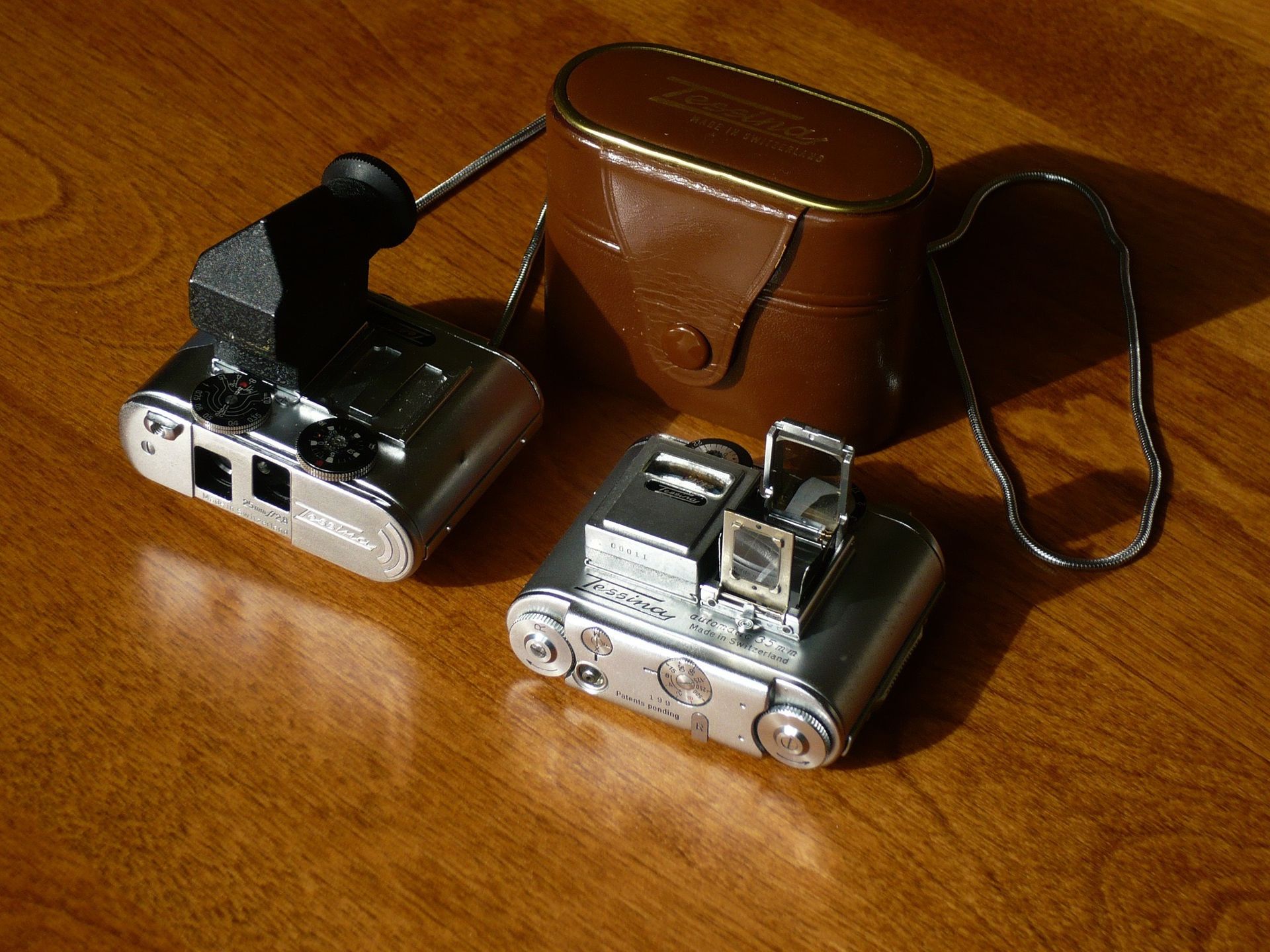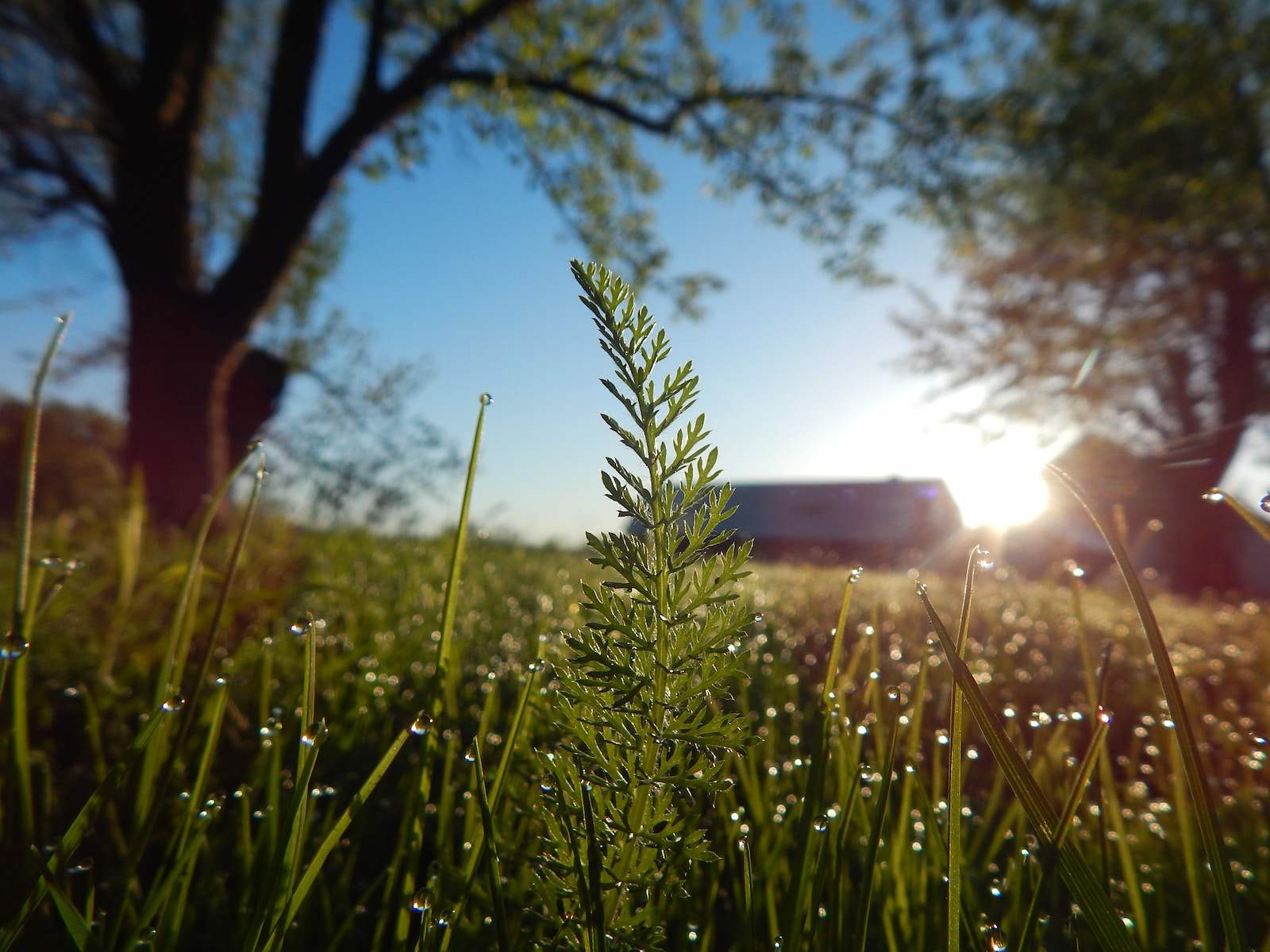Step into the enchanting world of seashells with “Marvels in Tiny Shells: A Seashell Macro Photography Guide.” Explore the breathtaking beauty hiding within these miniature treasures found along sandy shores. This comprehensive guide will unlock the secrets of capturing stunning seashell macro photography. From perfect compositions to mastering lighting and focusing techniques, this blog will inspire you to dive into the captivating realm of nature photography. Join us on this visual journey and uncover the intricate wonders that lie within these delicate seashells.
Table of Contents
- Exploring the Marvels of Seashells: An Introduction to Seashell Macro Photography
- Exploring the World of Seashells: Your Essential Macro Photography Gear
- The Best Vantage Points for Seashell Macro Photography
- Frequently Asked Questions
- 1. What Equipment Do I Need for Seashell Macro Photography?
- 2. How Do I Choose the Perfect Seashell for Macro Photography?
- 3. What Lighting Techniques Work Best for Seashell Macro Photography?
- 4. How Can I Achieve Sharp Focus in Seashell Macro Photography?
- 5. What Are Some Creative Composition Ideas for Seashell Macro Photography?
- 6. How Can I Enhance the Colors in Seashell Macro Photography?
- 7. Are There any Specific Editing Tips for Seashell Macro Photography?
- Wrap Up:
Exploring the Marvels of Seashells: An Introduction to Seashell Macro Photography
Seashells hold a fascinating world within their intricate designs and delicate structures. As subjects for macro photography, they present endless possibilities for capturing the beauty that lies within their tiny shells. In this comprehensive guide, we will delve into the mesmerizing world of seashell macro photography, focusing on compositions, lighting techniques, and effective methods for achieving stunning close-up shots.
Discovering the Unique Features of Seashells
Seashells are nature’s masterpieces, each holding a story of the ocean and the creatures that once inhabited them. From the spiral-shaped chambers of a nautilus shell to the intricate patterns of a conch shell, these natural wonders offer a myriad of captivating details to explore through macro photography.
One of the most intriguing features of seashells is their texture. The ridges, bumps, and grooves create visual interest and provide endless opportunities for close-up shots. Capture the finely sculpted details of a scallop shell or the delicate spines of a sea urchin, and you’ll witness the stunning intricacies hidden within these miniature worlds.
The colors displayed in seashells are another fascinating aspect to capture through macro photography. From vibrant hues of pink and orange to subtle gradients of blue and green, the colors found in shells are often a mosaic of nature’s exquisite palette. Experiment with different angles and lighting techniques to enhance and highlight the unique colors of each shell, creating visually striking compositions.
Techniques for Creating Striking Seashell Macro Photographs
When photographing seashells up close, mastering the art of composition is key. By carefully arranging the shells within the frame, you can create visually pleasing and balanced images. Experiment with arranging shells in a spiral pattern, mimicking the natural shape of certain shells, or create a contrast by juxtaposing different shapes and sizes. Remember to leave enough negative space to draw attention to the intricate details of each shell.
Lighting plays a crucial role in the success of seashell macro photography. Natural lighting, particularly during the golden hours of sunrise and sunset, can enhance the colors and textures of the shells, adding depth and dimension to your images. Soft, diffused light works best for capturing the delicate details, so consider using a diffuser or shooting in shaded areas to achieve a more even and flattering light. Alternatively, experiment with backlighting to create a dramatic effect, showcasing the translucency of certain shells.
Focus is another critical aspect to consider when capturing seashell macro photographs. As you delve into the intricate details of a shell, make sure to select a focal point that highlights the most captivating feature. Whether it’s the spiral of a snail shell or the delicate patterns on a sand dollar, ensuring sharp focus on the subject will make your images more impactful.
By combining these techniques and exploring the captivating world of seashells through macro photography, you can unlock a realm of stunning imagery. So pack your camera and venture into the seashore, where nature’s tiny marvels await your creative lens.
Did you know that seashells can come in a variety of colors, sizes, and shapes, each with its own unique pattern? From delicate spirals to intricate ridges, these tiny treasures hold a world of beauty waiting to be captured through macro photography.
Exploring the World of Seashells: Your Essential Macro Photography Gear
Welcome to the mesmerizing world of seashell macro photography! Capturing the intricate details and exquisite textures of these tiny marvels requires the right gear to truly bring them to life. In this section, we will delve into the essential camera equipment and accessories you need to create stunning seashell macro photographs.
The Perfect Camera for Macro Photography
When it comes to macro photography, having the right camera can make all the difference. Look for a camera with a high-resolution sensor and manual focus capability. This will allow you to capture the delicate details of seashells with precision. Consider options such as mirrorless cameras or DSLRs, as they offer interchangeable lenses and a wide range of settings for optimal control over your images.
If you’re just starting out or have budget constraints, don’t worry. Entry-level DSLRs or mirrorless cameras are also capable of producing amazing results. Remember, it’s your skills and creativity that matter the most!
Choosing the Ideal Macro Lens
A dedicated macro lens is crucial for seashell macro photography. These lenses are specifically designed to capture subjects at close range, allowing you to focus on the intricate details of seashells. Look for a lens with a focal length between 90mm and 105mm, as this range offers a versatile perspective and allows for comfortable working distance from your subject.
Macro lenses with wider apertures, such as f/2.8 or larger, are highly desirable. The wider aperture not only helps create a shallow depth of field, isolating the seashell from its surroundings, but it also allows more light to enter the lens, making it easier to achieve sharp images in low-light conditions.
If investing in a dedicated macro lens is not an option, you can explore alternative options. Extension tubes or close-up filters can be used with your existing lenses to achieve macro-like results. Keep in mind that while these alternatives can be budget-friendly, they may not offer the same image quality as dedicated macro lenses.
No matter which option you choose, always ensure that the lens you select is compatible with your camera model. Consider renting or borrowing different lenses to experiment and find the perfect fit for your style of seashell macro photography.
Aside from cameras and lenses, a few additional accessories can enhance your seashell macro photography experience. These include:
- Tripod: A sturdy tripod is essential, especially in macro photography, where precise focus is critical. It helps eliminate camera shake and allows you to compose your shots with stability.
- Remote Shutter Release: Utilizing a remote shutter release or the self-timer function on your camera minimizes any camera shake caused by pressing the shutter button.Reflectors and Diffusers: These tools help control light and enhance the overall quality of your images. Reflectors bounce light onto your subject, reducing harsh shadows, while diffusers soften and evenly distribute harsh light.
Remember, the ideal camera and lens combination will vary depending on your specific needs and budget. Experiment with different options to find what works best for you and your artistic vision.
Now that we have covered the essential macro photography gear, it’s time to dive into the world of composition and lighting techniques specific to seashell macro photography. Stay tuned!
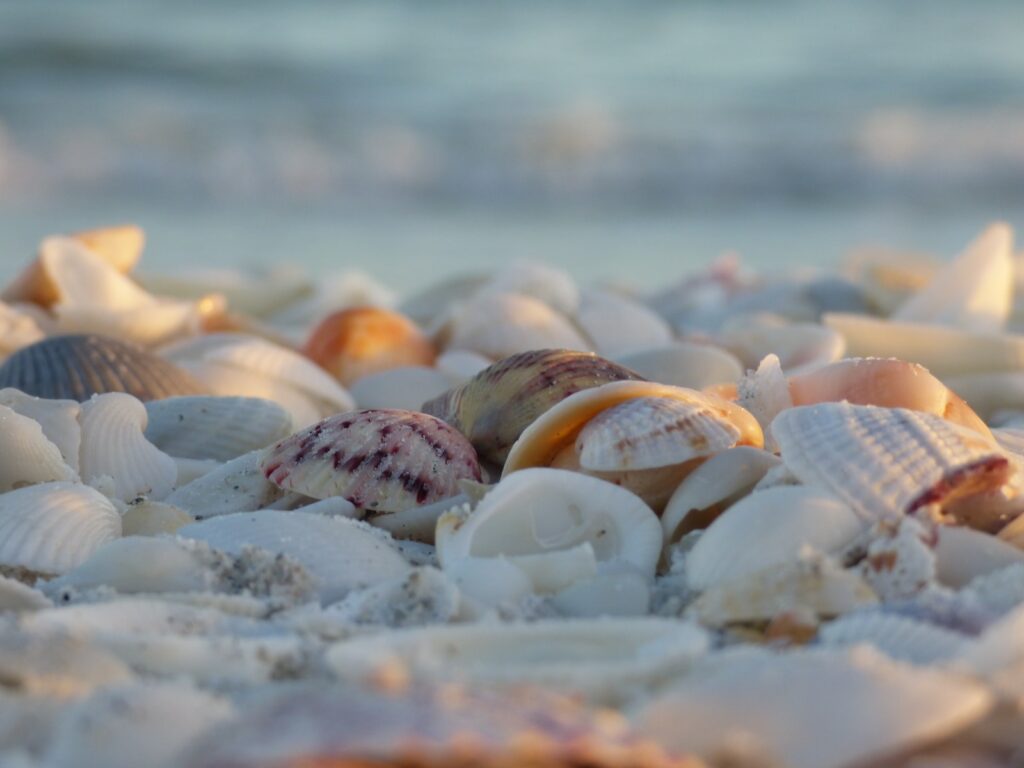
The Best Vantage Points for Seashell Macro Photography
When it comes to capturing the intricate beauty of seashells through macro photography, timing is crucial. Understanding the best time of year to embark on your seashell photography journey can significantly enhance your results. While seashells can be found on beaches year-round, certain seasons offer more favorable conditions for capturing stunning images.
During the spring and summer months, seashells are often more abundant. It’s the time when nature showcases its vibrant colors and patterns, making it ideal for macro photography. As the weather warms up, seashells are exposed by receding tides, allowing you to explore a variety of shapes and sizes.
However, don’t overlook the potential of the off-season. Winter, in particular, can provide unique opportunities for seashell photography. Fewer tourists visit the beach, ensuring a quieter and more serene environment. The colder months also bring a different charm, with washed-up seashells presenting a beautiful contrast against the wintry backdrop.
Choosing the Perfect Vantage Points and Positions
Once you’ve decided on the best time to capture seashell macro photography, it’s time to find the right vantage points and positions. Here are two options that can offer different benefits:
Option 1: Eye-Level Perspective
Taking photos at eye level with your subject provides a natural and intimate perspective. It creates a sense of connection between the viewer and the seashells, bringing out their intricate details. To achieve this, position yourself at a low angle, level with the seashells, and use a tripod for stability.
Furthermore, eye-level perspective allows you to make use of the surrounding beachscape, incorporating elements like sand patterns or the vastness of the ocean in the background. This composition adds depth and context to your seashell macro photography, making it more visually appealing.
Option 2: Bird’s-Eye View
If you’re looking to capture a unique and artistic perspective, a bird’s-eye view offers a fresh take on seashell macro photography. This angle allows you to experiment with interesting compositions and patterns. To achieve a bird’s-eye view, find a higher vantage point, such as a sand dune or a nearby cliff.
From this elevated position, you can capture the seashells in a way that highlights their shapes and arrangements, creating visually striking images. This perspective also offers an opportunity to play with lighting and shadows, resulting in captivating photographs.
Ultimately, the choice between these two options will depend on your artistic vision and the story you want to convey through your seashell macro photography. Experimentation is key, so don’t be afraid to try different angles and positions to discover what works best for you.
A useful tip for seashell macro photography is to use a tripod to ensure sharp and focused images. By using a tripod, you eliminate any camera shake, allowing you to capture the intricate details and textures of the seashells. It also gives you more flexibility in adjusting the composition and framing of your shots.
Frequently Asked Questions
1. What Equipment Do I Need for Seashell Macro Photography?
To capture stunning seashell macro photographs, you will need a DSLR or mirrorless camera with a macro lens, a tripod for stability, and a remote shutter release for reducing camera shake.
2. How Do I Choose the Perfect Seashell for Macro Photography?
When selecting seashells for macro photography, look for shells with intricate patterns, vibrant colors, and unique shapes. Be sure to clean and dry them properly before photographing to capture their true beauty.
3. What Lighting Techniques Work Best for Seashell Macro Photography?
For seashell macro photography, natural light is often the most flattering. Experiment with different angles and times of day to achieve soft, diffused lighting. If shooting indoors, you can use a macro ring light or a diffuser to control the lighting.
4. How Can I Achieve Sharp Focus in Seashell Macro Photography?
To achieve sharp focus in seashell macro photography, use a small aperture (high f-stop number) to increase depth of field. Also, use manual focus or focus stacking techniques to ensure all the details of the seashell are in focus.
5. What Are Some Creative Composition Ideas for Seashell Macro Photography?
When composing seashell macro photographs, experiment with different angles, perspectives, and arrangements. Consider using the rule of thirds, leading lines, and negative space to create visually compelling images.
6. How Can I Enhance the Colors in Seashell Macro Photography?
To enhance the colors in seashell macro photography, adjust the white balance settings in your camera or post-processing software. You can also experiment with backlighting techniques to make the colors of the seashells pop.
7. Are There any Specific Editing Tips for Seashell Macro Photography?
When editing seashell macro photographs, focus on enhancing the details, adjusting the contrast, and refining the colors. Avoid excessive editing that may result in an unnatural look. Experiment with different editing techniques to find your unique style.
Wrap Up:
Seashell macro photography is an enchanting and rewarding journey into the intricate beauty of nature. By following the techniques and tips shared in this comprehensive guide, you can unlock a new level of creativity and capture stunning images of these tiny marvels. Remember to experiment with different compositions, lighting, and focusing techniques to bring out the unique details of each seashell. Whether you are a beginner or an experienced photographer, don’t hesitate to step out and explore the fascinating world of seashell macro photography. Share your experiences, ask questions, and showcase your own seashell photographs in the comments below. Let’s connect and inspire each other!
